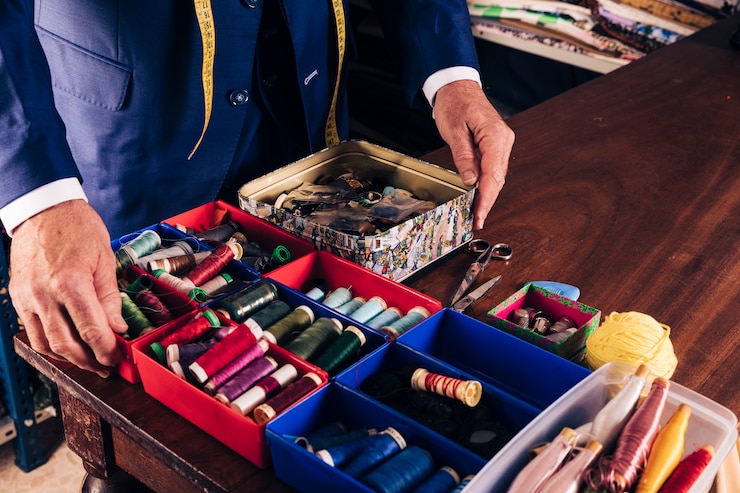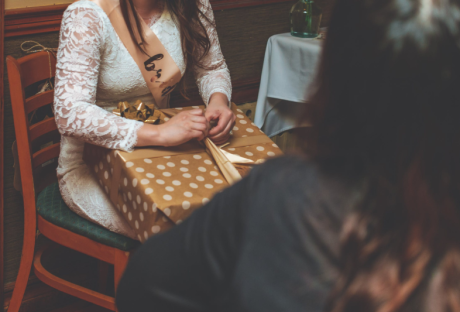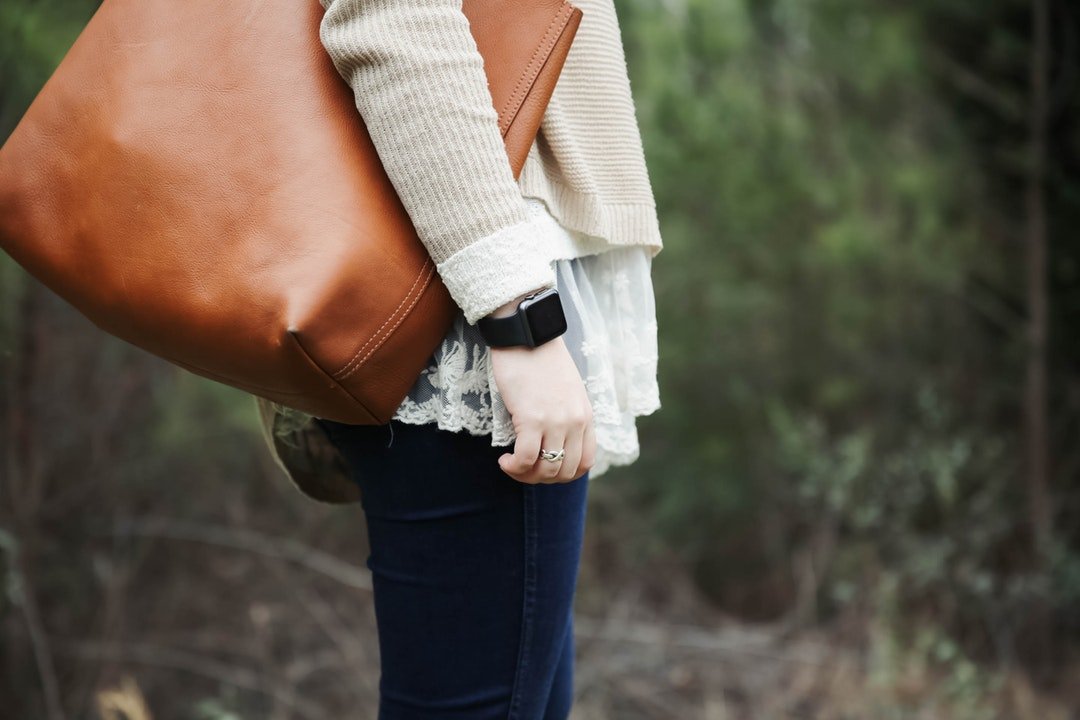Bespoke tailoring is one of the best ways to ensure that you look good in anything you wear.
It’s important to understand exactly what bespoke tailoring entails, however, in order to ensure that you’re getting the best quality suit for your money.
What Is Bespoke Tailoring?
Bespoke tailoring is a traditional way of making clothes by hand on the basis of an individual pattern. A pattern is the construction plan for the different parts of a garment created with body measurements, which take into consideration the unsymmetrical shape of the human form.
Bespoke garments are completely unique and created without the use of a pre-existing pattern, while made to measure uses a standard-sized pattern altered to fit the customer.
Bespoke tailoring is the pinnacle of men’s attire in terms of customization, time commitment, and cost. It can enhance the confidence and elegance of the wearer. To order a bespoke garment, the customer does a consultation with a tailor, who takes over 40 measurements and drafts a pattern from scratch. The tailor then cuts and sews the fabric by hand, and adjusts the fit during one or more fittings. The final product is a bespoke suit that fits the customer perfectly.
What Are The Three Types Of Tailoring?
There are three types of tailoring that every man should be aware of.
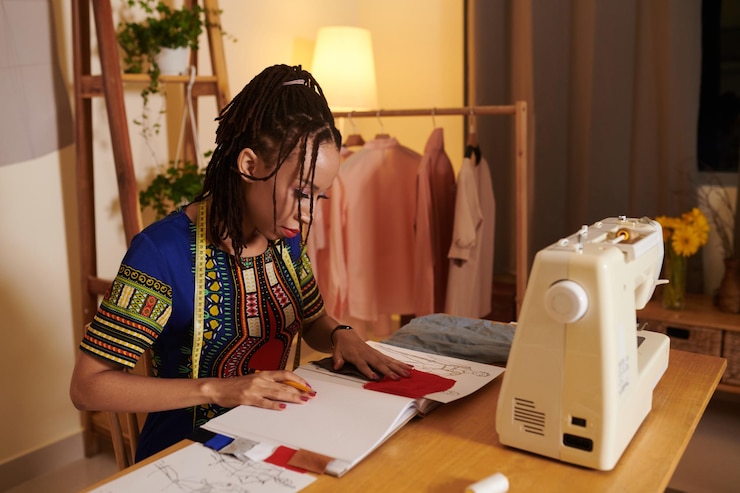
Made-to-measure, bespoke, and ready-to-wear suits are all available at different price points, but each type of tailoring comes with its own advantages and disadvantages.
1. Ready to Wear
Ready-to-wear suits are usually sold at the lowest price point of the three options. These are suits that are pre-made in a variety of pre-determined sizes. Some slight alterations can be made to these suits.
2. Made to Measure or Custom
Made to measure are usually offered in a variety of styles, colors, and fabric options. Typically, a customer will choose the basic style that they want, go in for a fitting, then choose details and accessories to compliment the look.
Made-to-measure suits are an ideal choice for men who want a suit that looks good, but they don’t need to choose every detail.
3. Bespoke Tailoring
Bespoke tailoring is a process in which a suit is built from the ground up. Customers can choose every detail in a bespoke suit; it is possible to customize every single seem. These are typically at the highest price point, but they are an ideal choice for anyone who wants to have intense attention to detail.
What’s The Difference Between Bespoke And Custom?
Bespoke and custom tailoring can appear similar at first, but there are some distinct differences.
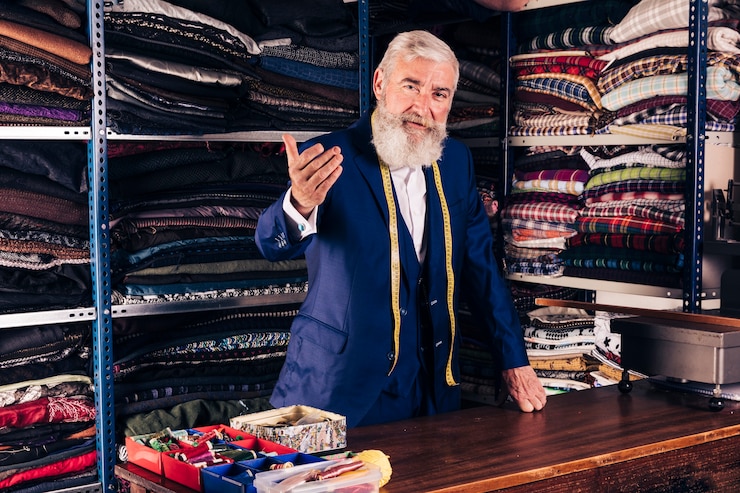
1. More details
While made-to-order suits allow customers to choose some of the details, they’re often based on a pattern. Essentially, the tailor is able to make several different styles of suits, and the customer has to pick out which style they would like.
It’s possible to change small details in many cases, but there will be a list of those details and the options that a customer has.
With bespoke tailoring, the options are endless. A customer can choose anything from the length of the hem stitch at the cuff of the pants to the amount of padding in the shoulders. There is virtually no detail that cannot be modified when it comes to bespoke tailoring.
2. Extra Measurements
Because so many details are considered with bespoke tailoring, there are a lot more measurements that need to be taken. Most clients should expect to come in for at least three measurement sessions, as opposed to the single session typically required for custom tailoring.
3. Cost and Timing
Because there are so many more details to consider, bespoke tailored suits will typically cost more and take more time to create than custom-tailored suits.
The exact cost will be highly dependent on the type of fabric that is chosen, the style, and the number and type of details will all factor into the cost. Customers should also expect a wait time of several weeks to several months.
How Do You Become A Perfect Tailor?
The tailors who create bespoke suits have years of training and experience. While anyone can learn to sew simple garments within a few weeks, bespoke tailors have gone through a rigorous training program.
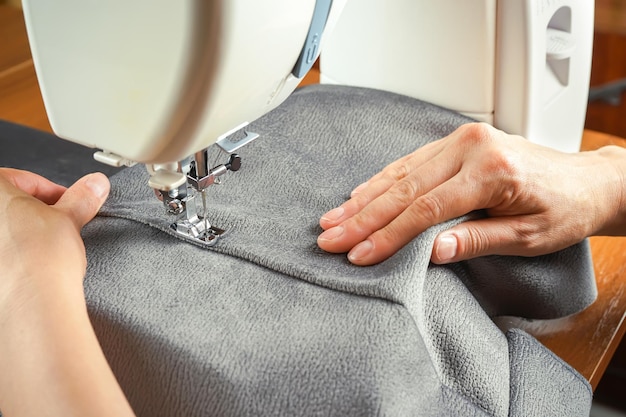
After completing training, they spend years working under a master tailor learning and honing the craft of bespoke tailoring.
While many of the best tailors in San Francisco can create custom or made-to-order suits, only a select few will even offer bespoke tailoring. In fact, many tailors will spend years creating custom suits before they are even ready to start offering bespoke tailoring.
It’s not uncommon for a tailor’s shop to offer both custom and bespoke tailoring, but usually, only the most experienced tailor in the shop will work on bespoke suits.
How Much Should I Pay For A Bespoke Suit?
The exact amount that a person can expect to pay for a bespoke suit can vary a lot based on a number of different factors. These factors can vary the cost of a bespoke suit by hundreds or even thousands of dollars.
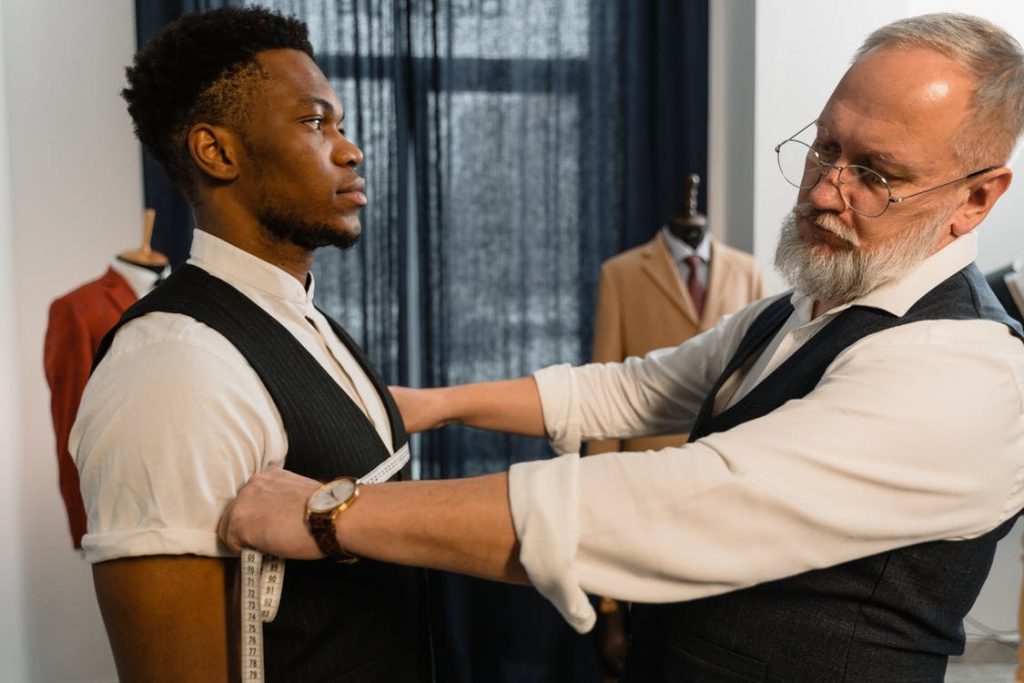
Fabric – Imported fabrics from Italy and France will tend to cost a lot more than similar fabrics made locally. Carefully consider the quality difference; many tailors will encourage their clients to invest in good fabric over decoration.
Labor – The extra experience of a bespoke tailor means that these suits are going to have a higher labor price tag. Your tailor is a highly trained professional who likely has a steady supply of work; expect to pay accordingly.
Details – Everything from longer cuffs to extra buttons will affect the price of a bespoke suit. While it’s impossible to list out the cost of every detail, your tailor will know exactly how much each detail will cost. Be sure to listen to him or her when they offer recommendations; often, they can make suggestions that will improve the overall look and fit of the suit.
A bespoke suit is a set of clothing that will last a lifetime. It’s an investment into your wardrobe that will last for decades.
| Note: It’s always possible to update or alter a bespoke suit, and many people pass these suits on to their family members. While there is a high upfront cost, in the long run, a single bespoke suit will last for decades longer than a dozen or more ready-to-wear suits. |
Additionals:













